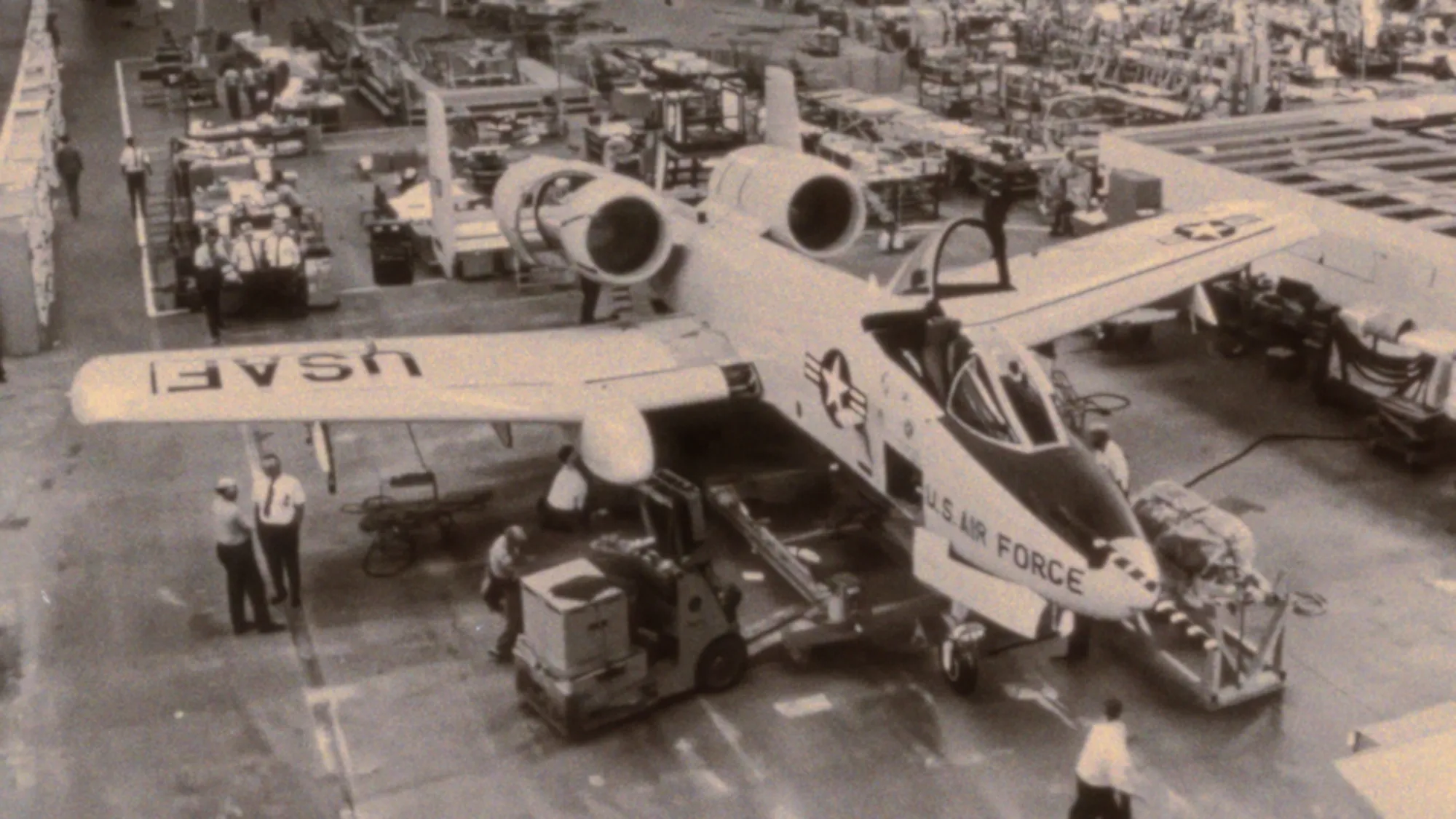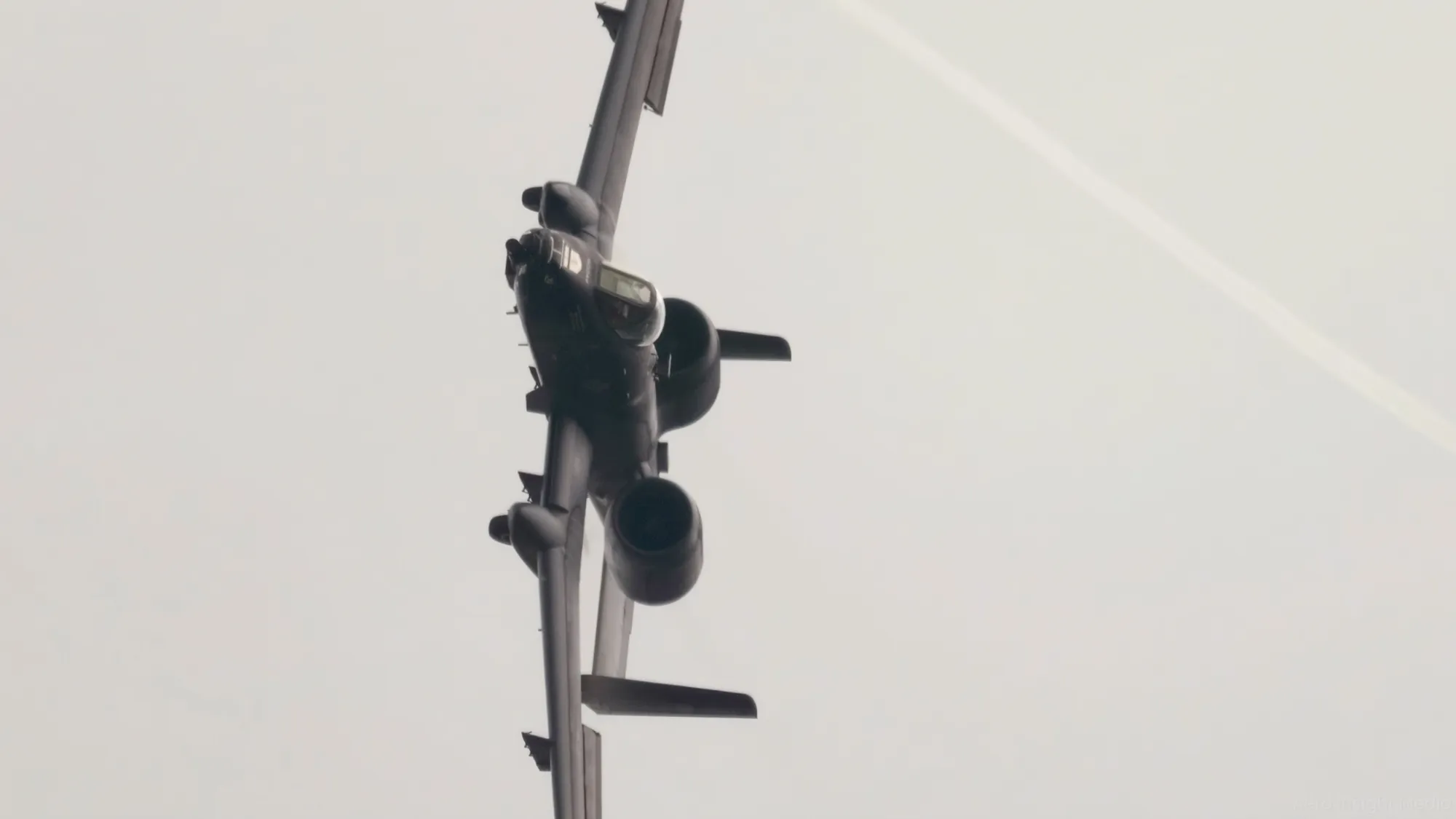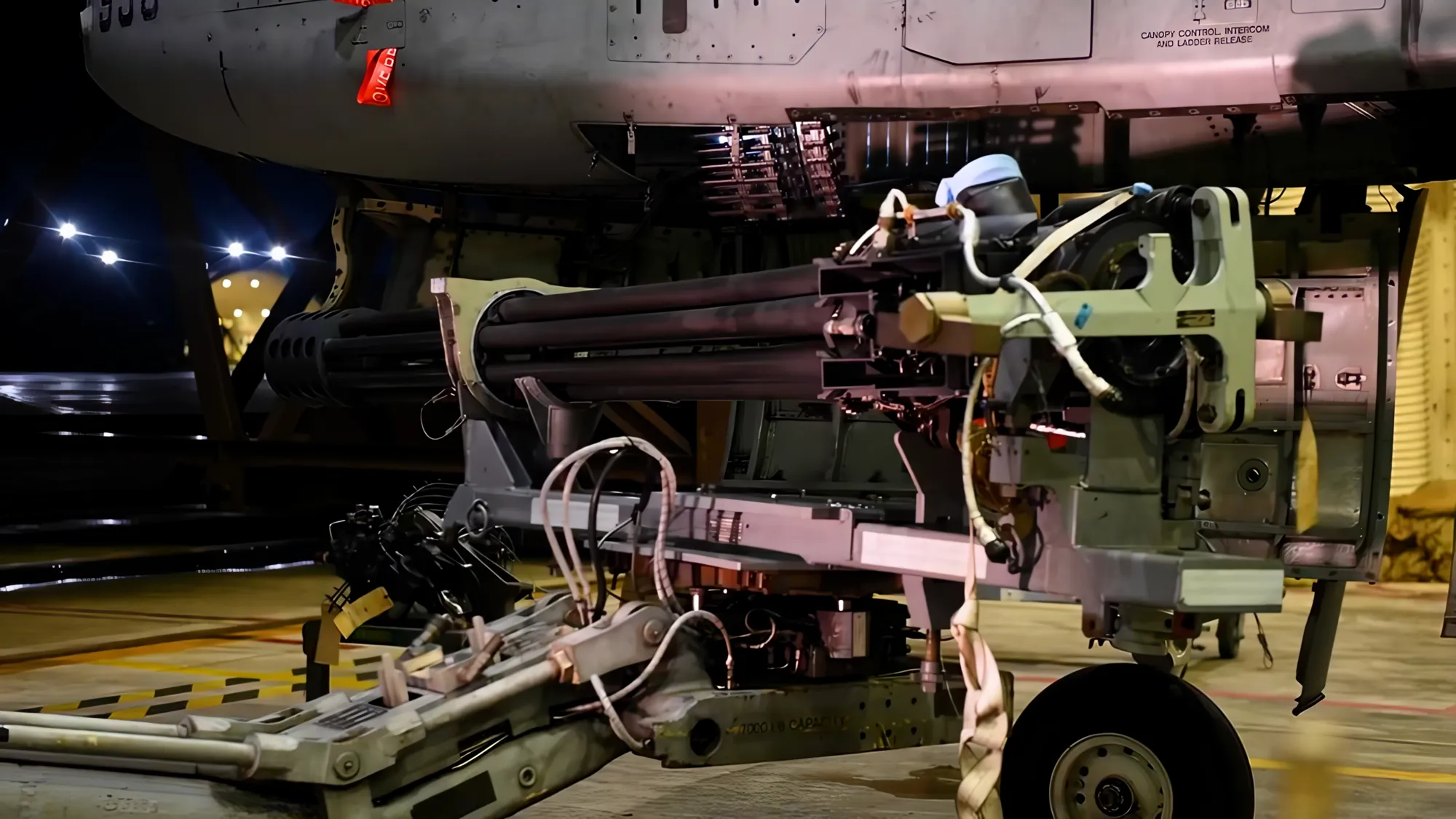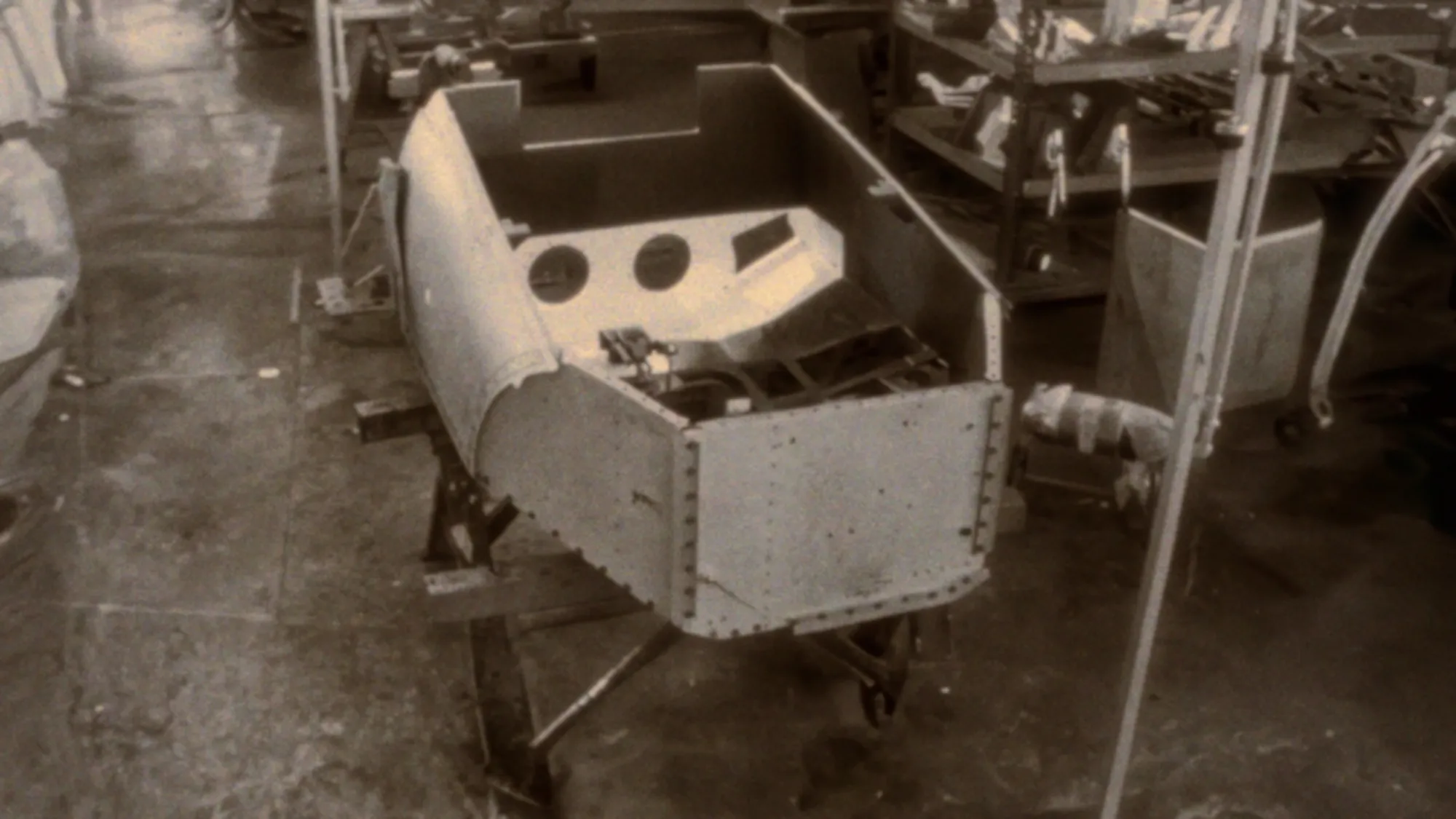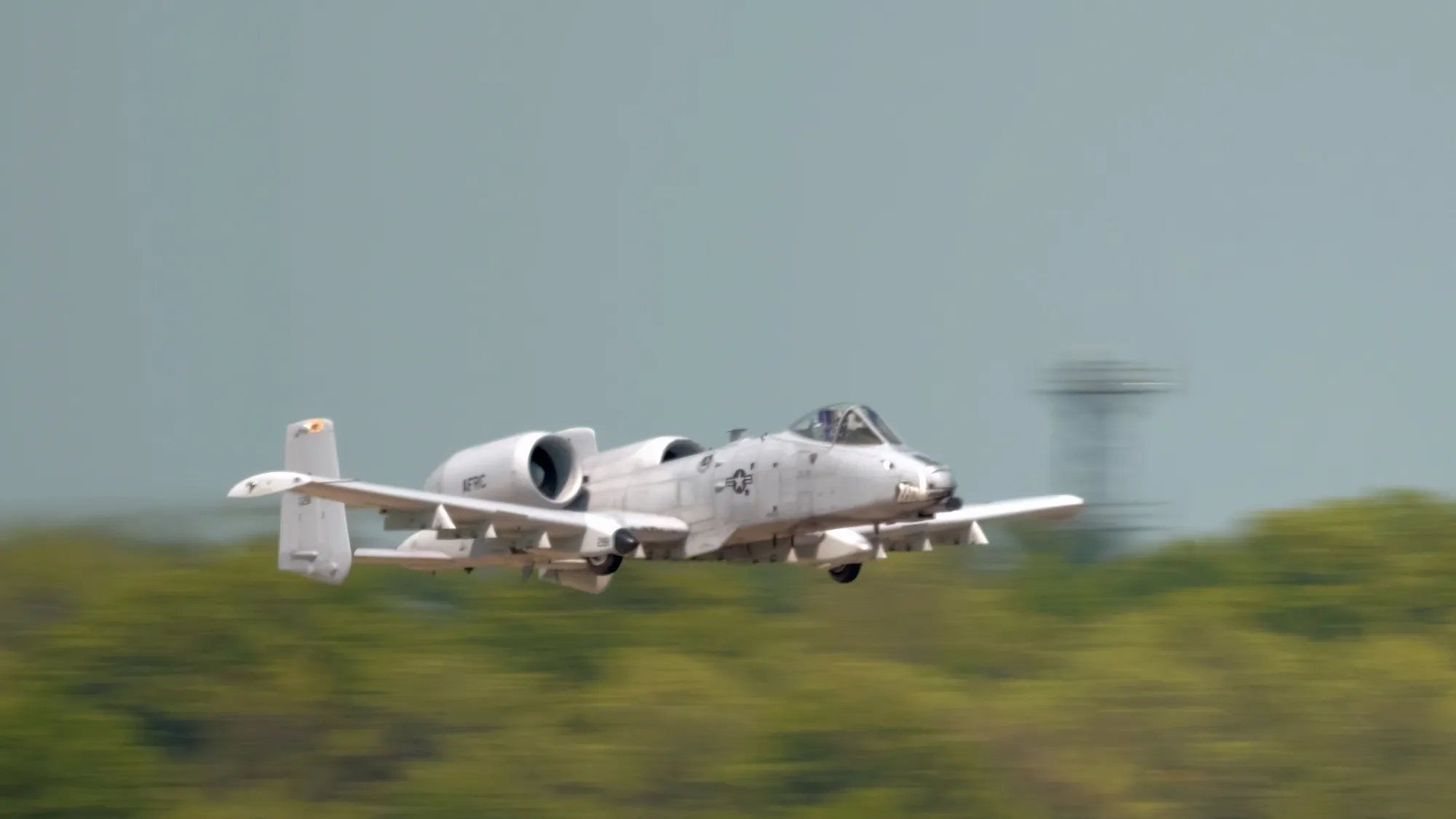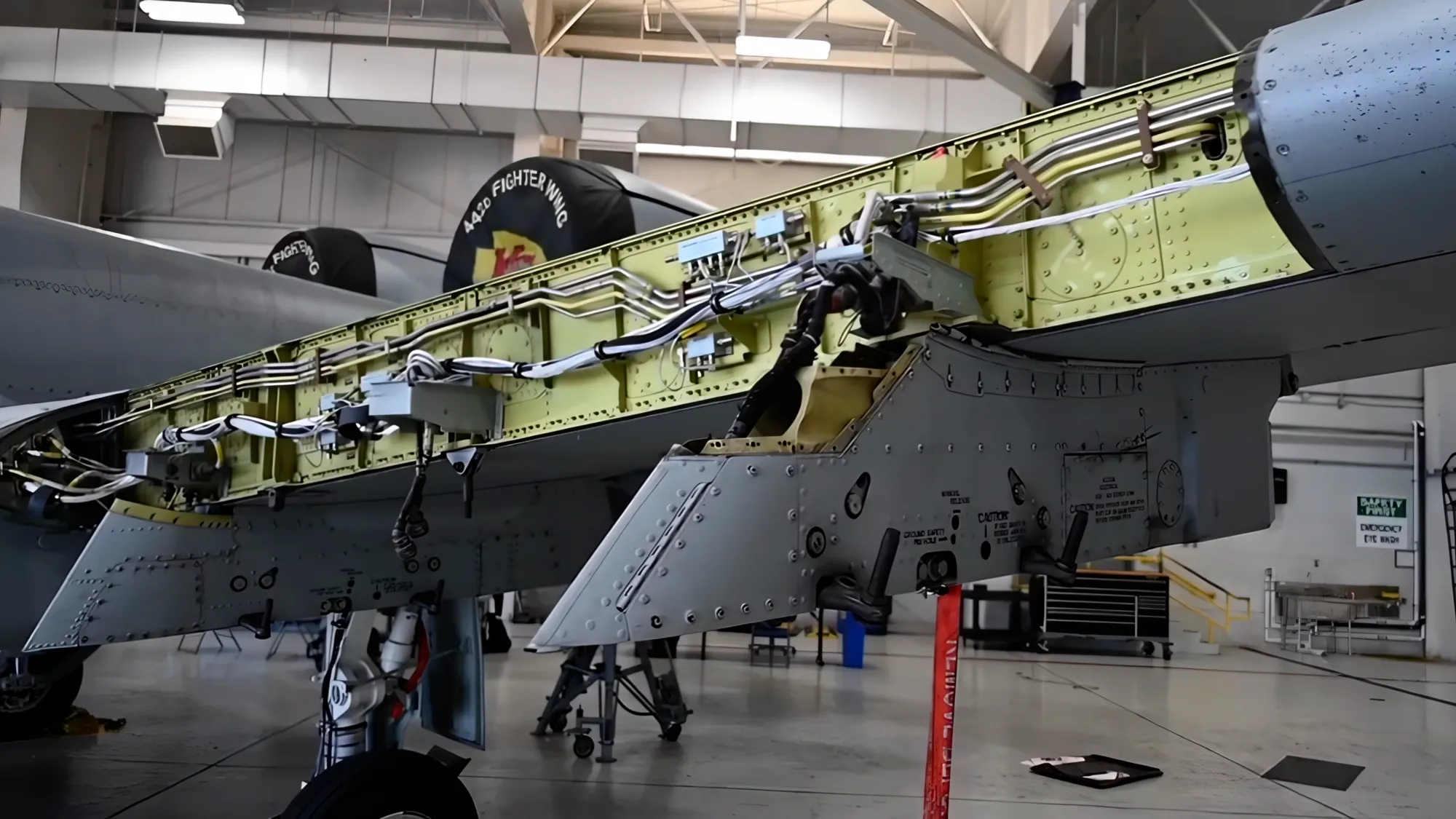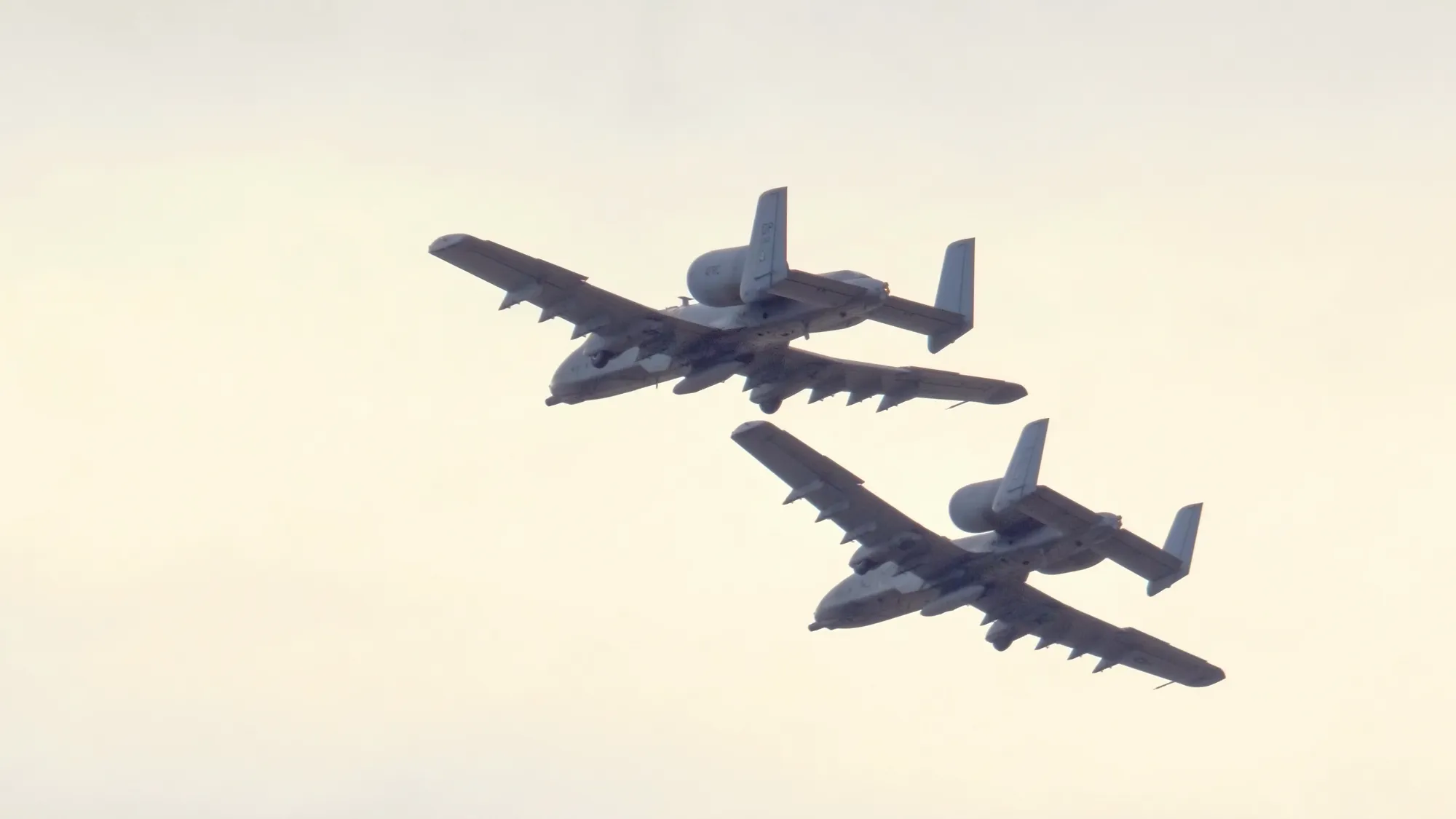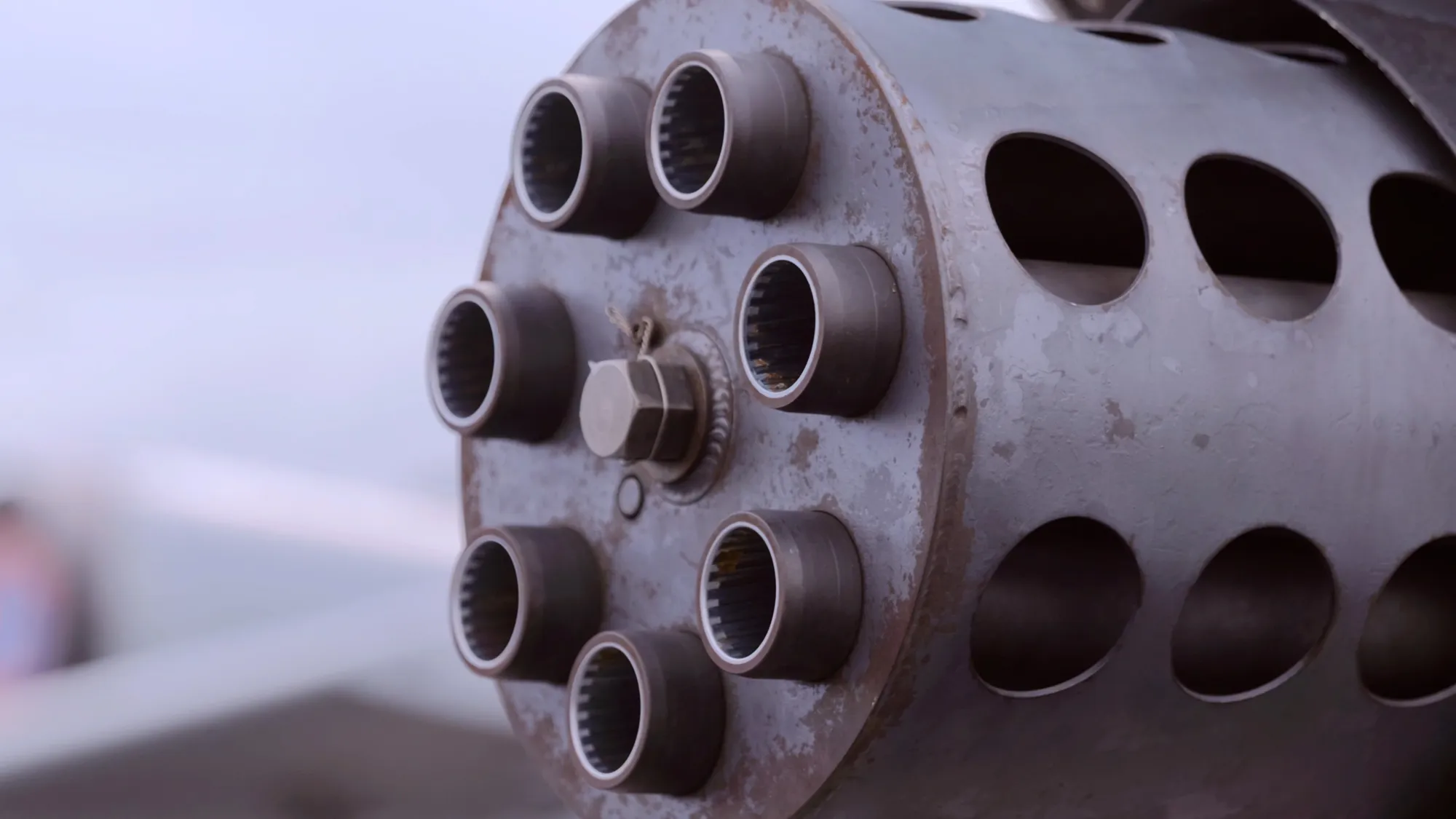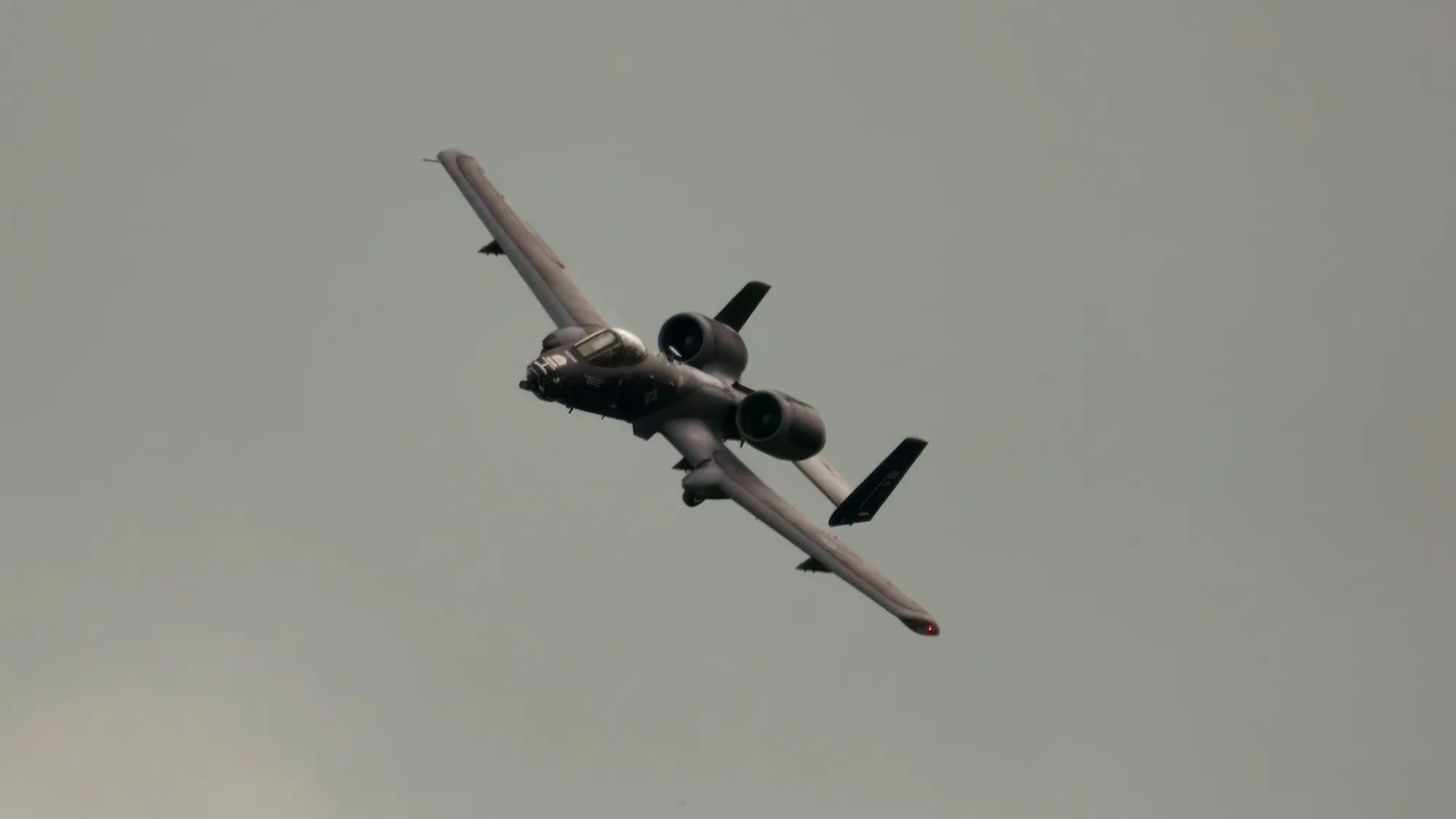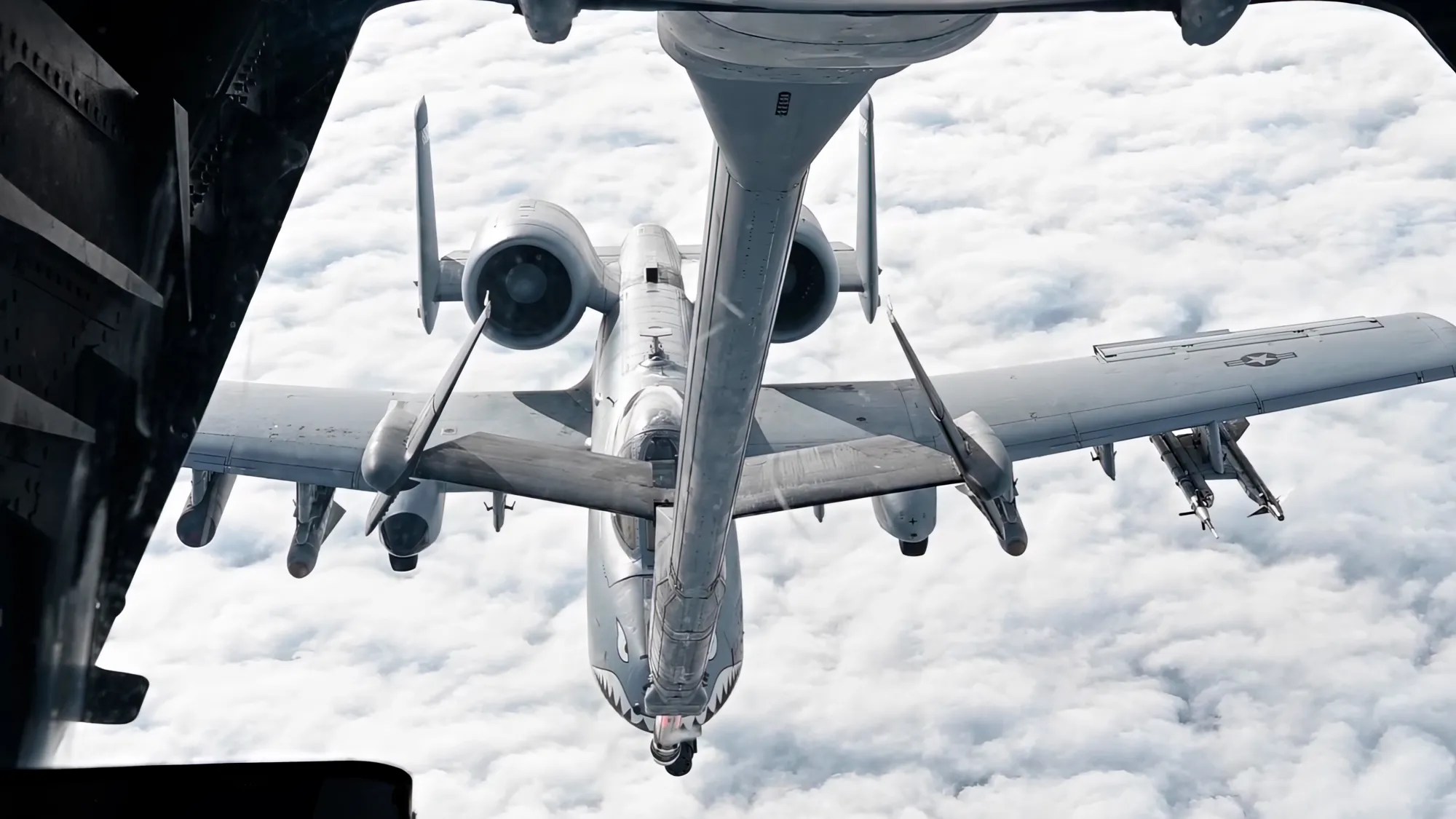Upgrade and Evolution: Keeping the A-10 Relevant
The A-10 has faced numerous challenges since its debut. How can an aircraft introduced in the 1970s remain effective in today’s dynamic battlefield? The answer lies in its modern upgrades.
1. Modern Upgrades Post-Gulf War
Significant enhancements began around 2005, aiming to elevate the A-10's capabilities. These upgrades occurred after the aircraft proved its worth during the Gulf War in 1991. So, how do these upgrades ensure its relevance?
- New Targeting Pods: Enhanced precision in targeting ground threats.
- Smart Munitions: The aircraft can now carry smart bombs and GPS-guided munitions.
- Avionics Improvements: Upgraded with multifunction displays for better situational awareness.
2. Integration of Smart Technology
With rapidly evolving technology, the A-10 has not stayed static. Smart technologies have been integrated for enhanced operation:
- Advanced Sensors: Modern targeting equipment to engage ground targets more efficiently.
- Improved Data Links: Real-time communication with ground forces.
As one expert remarked, "The A-10 has evolved to meet the changing demands of modern warfare."
3. Enhanced Targeting and Communication Capabilities
Targeting and communication are crucial:
- Modern Radios: Facilitate better coordination with ground troops.
- New Data Systems: Provide immediate feedback during missions.
4. Importance of Modernization in Longevity
Why is modernization vital? The evolution in combat requires continuous upgrades. Without these advancements, the A-10 risks becoming obsolete. Experts emphasize, "Continual upgrades ensure the A-10 stays relevant in contemporary combat scenarios."
Overall, the Warthog has undergone myriad improvements, incorporating advanced technologies to solidify its role as a key air support asset. Its durability and design built around the impressive GAU-8 cannon remain at its core, while integration of new technology ensures it adapts and thrives in modern warfare.
